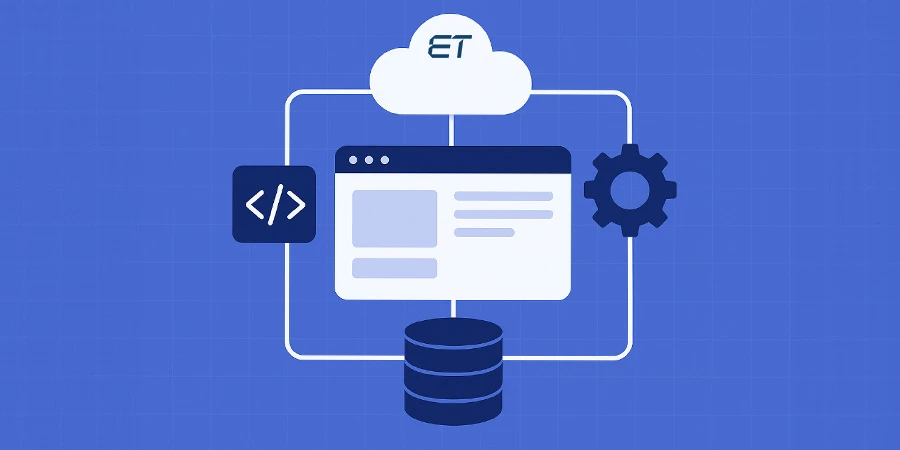Web Application Architecture: The Enterprise Framework Powering Modern Digital Experiences
Earlier this year, a major cloud provider experienced a multi-region slowdown lasting less than half an hour, but the impact...

RPA vs AI: The Real Difference and Where Each Fits in Enterprise Operations
Key Takeaways: RPA vs AI serve different roles- RPA handles structured, rules-based execution, while AI...

How to Hire Dedicated Developers in Just 5 Simple Steps
Hiring dedicated developers can transform your software development process. Whether you need to scale quickly,...

MCP vs RAG: What Every Executive Should Know Before Choosing a Framework
Key Takeaways: MCP (Model Context Protocol) and RAG (Retrieval-Augmented Generation) solve different problems in enterprise...

AI Adoption Statistics in 2025 – How Enterprises Are Moving From Experimentation to Transformation
If there is one thing 2025 has made clear to the global business community, it is that artificial intelligence is…

How to Conduct Technical Due Diligence for Offshore Software Companies
You’re on a Zoom call with a potential offshore software partner. The deck looks flawless; sleek UI mockups, confident faces,…

Outsource Mobile App Development: Making Sense for Your Business
You think of launching a new app. The team’s ready. Your idea is solid. Then, you study the market. And…
























